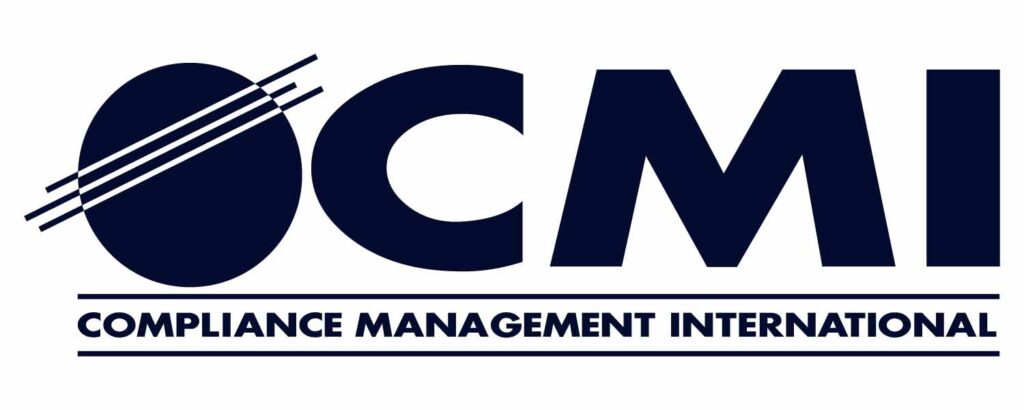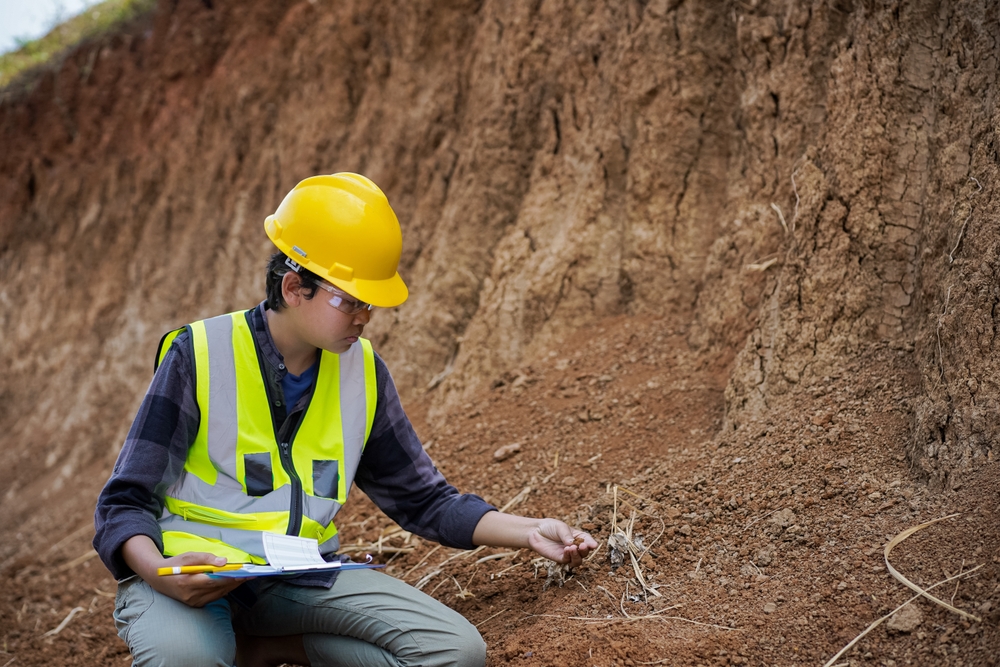Supplied-air respirators (SARs) are used to provide a continuous source of clean air to employees who are exposed to respiratory hazards. SARs are particularly well suited to hot and dusty operations (such as sandblasting), or applications where chemicals with poor warning properties are used. SARs are often more comfortable and can provide a higher level of protection than their half- and full-face cartridge respirator counterparts. However, the level of protection afforded by SARs is only as good as the quality of the air provided to them. Improperly used or maintained breathing air systems can expose employees to unseen hazards and put them at risk for injury or illness.
Under the Respiratory Protection Standard (29 CFR 1910.134), OSHA requires employers to ensure that the breathing air provided to SARs meets or exceeds Grade D breathing air specifications, as described in the ANSI/CGA Commodity Specification for Air, G-7.1-1989. These requirements include:
- Oxygen content of 19.5 to 23.5%
- Carbon monoxide content of 10 ppm or less
- Hydrocarbon content of 5 mg/m3 or less
- Lack of a noticeable odor
The only way to conclusively demonstrate that your company’s breathing air systems meet Grade D breathing air specifications is to collect air samples at strategic locations throughout the systems. Although OSHA does not specify the frequency of testing, OSHA interpretive guidelines suggest that employers should test their breathing air systems “as often as necessary” to assure that the Grade D specifications are met. Depending upon the frequency and conditions of use, best management practice may dictate that breathing air systems be tested as often as monthly and should be tested annually at a minimum.
CMI can help you to develop and implement a cost-effective testing program for your company’s breathing air systems. We can help select the best respirator systems for your workplace and evaluate the overall effectiveness of your Respiratory Protection Program. We can also help identify and implement the management programs, operating systems, and capital improvements needed to ensure that the OSHA requirements for breathing air systems under 29 CFR 1910.134 continue to be met.
Let CMI allow your organization to breathe easy by assuring that your breathing air systems and Respiratory Protection Program continue to make the grade! Contact us for any questions, advice or support related to your Respiratory Protection Program.
Written by Todd Allshouse, CIH, CSP, Vice President, Health and Safety Services and Industrial Hygiene Services



